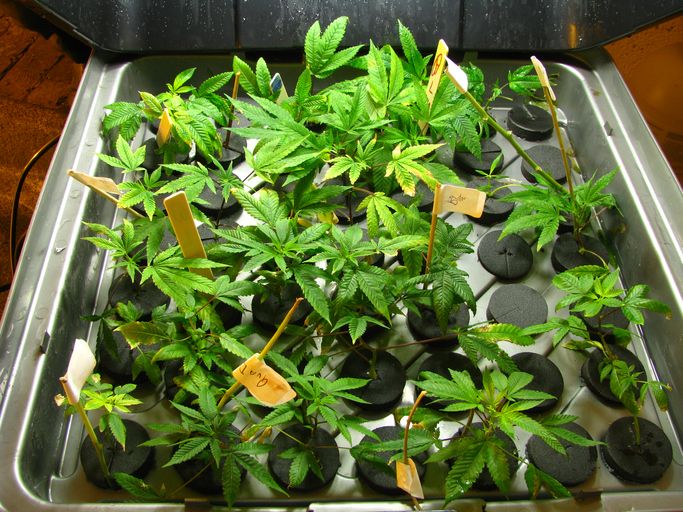How to move your greenhouse cannabis plants to the outdoors

A greenhouse is the perfect place for growing cannabis seedlings to get a good start at life, but eventually, the day will come where they might be better off in the great outdoors being nourished by mother nature herself. It’s an exciting time but also a delicate one that needs to be approached with the utmost care. Otherwise, all of your hard work to get these babies going could go down the drain in an instant.
Growing cannabis from seed or clone in a greenhouse offers the plants an ideal beginning, which often results in larger, hardier plants. Still, a move so big as this can be devastating even for the healthiest specimens if the proper steps aren’t taken along the way to ensure the best care and precautions are upheld. It’s not hard, but a few tips and tricks can certainly help to make the process easier, and that’s what we’re going to show you.
1. Wait for the right time
Transplanting is a big job, and for it to be a success the plants need to be at a good stage of life, while the weather also must cooperate. Warmer temperatures are a necessity, and cooler nights with frost should be avoided at all costs, so make sure to do this only when the climate outside is ready, and the crop boasts enough leaves and strength to indicate that it has a fair shot in the great outdoors. For each region, this time is different, but it should always happen no earlier than vegetable transplanting.
2. Offer small amounts of environmental exposure
Once you’re confident in the health and stability of your crop and the weather outside is nice enough to support a plant like cannabis which prefers tropical temperatures, you don’t want to just toss everything outside to see if it lives. Doing so will almost guarantee the death of at least some of your plants, so instead, we recommend giving them small doses of time outdoors, preferably near the location where they will spend the remainder of their lives.
3. Provide protection and close supervision throughout the process
Exposure to real sunlight can be a lot more damaging than it is through the barriers of a greenhouse, but burnt plants aren’t the only thing you need to worry about. Rain or wind that’s too hard or colder temperatures can all kill a crop, especially when its roots are still outside of the earth as it sits in a pot. Shade, wind protection, and in some cases, even burlap sacks to maintain warmth are recommended to increase your success with transplanting cannabis.
4. Maintain a strict watering schedule
Water is an essential part of growing cannabis, and every cultivator knows that but what many don’t realize is the important role that it can play during transplanting. Offering more water will ensure that the dryer atmosphere doesn’t come as too much of a shock while softening the soil in preparation for it being removed along with the roots and placed into the ground. It also provides essential nutrients that are always needed by cannabis plants, so this is an important step to remember.
5. Ensure the appropriate measures are taken during transplanting
After a week or so of slow outdoor exposure, your crop should be ready to spend all 24 hours per day in its proper place in the great outdoors, but it’s still important to prepare both the plant and the accepting soil for its arrival. This could mean adding nutrient-dense soil, fertilizer, water, and filling up the ground so that the plant's roots can stretch out with little to no effort at all. With the right prep-work and careful transplanting to avoid damage, your crop will have the best chance at thriving for the remainder of the growing season.

